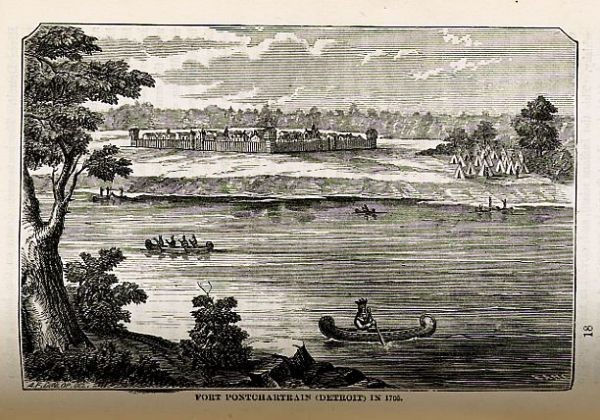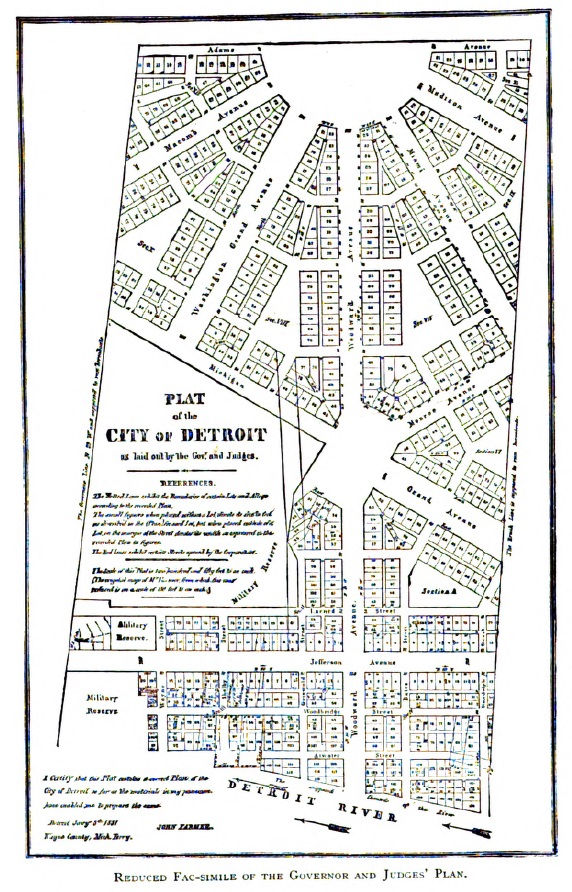DET001 - Detroit: A City Forged in History and Industry
- Patrick Foley

- Feb 11
- 3 min read

Detroit stands as one of the oldest and most historically rich cities in America, with a history predating the establishment of major U.S. cities like New York, Boston, and Philadelphia. Its past is woven with the stories of indigenous peoples, French explorers, and industrial pioneers who transformed a frontier outpost into a thriving metropolis. Unlike many other American cities, Detroit’s origins extend deep into the early 17th century when European explorers first set their sights on its strategic location along the Detroit River. This unique position, nestled between the Great Lakes, made it a hub of trade, culture, and industry for centuries.
Before European settlement, the Algonquin and Huron peoples had long known Detroit’s land as a place of significance, calling it by various names such as Yon-do-ti-ga, meaning “Great Village,” and Ka-ron-ta-en, meaning “Coast of the Strait.” These indigenous names foretold the city’s destiny as a vital center for commerce and interaction. The Wyandot people referred to it as Toghsaghrondie, a name that would later morph into Teuscha Grondie, reflecting the winding course of the river. When the French arrived in the early 18th century, they established a settlement and named it Fort Pontchartrain, in honor of Count Pontchartrain, a French colonial official. However, as the village grew, the name Detroit, derived from the French word for “strait,” became the enduring title of the city.
Detroit’s geographical placement cemented its importance in North American trade and expansion. Situated along the Detroit River, it formed a critical link between the Great Lakes, connecting the bustling ports of Lake Erie to the vast waterways of Lake Huron. The early French settlers recognized its strategic value, referring to the entire stretch of water between the two lakes as le détroit. Over time, Detroit became a focal point for military, economic, and cultural exchanges between indigenous nations, French settlers, and later, British and American traders.
The city’s topography further distinguished it from other growing settlements in the region. Detroit was built upon a series of ridges running parallel to the river, forming natural high points that offered protection and striking vistas. The area around what is now Woodward and Jefferson Avenues sat twenty-two feet above the river, providing a commanding view of the waterway. As the city expanded, its landscape was reshaped by development, yet these natural features continued to define its urban character.
Detroit’s surrounding townships played crucial roles in its economic and industrial expansion. To the east, Hamtramck became a center of manufacturing, home to iron smelting, stove production, and numerous factories. To the southwest, Springwells emerged as a critical railroad junction, facilitating the transport of goods and people. The presence of major railroads, such as the Michigan Central and Grand Trunk, turned the area into an industrial powerhouse. Here, the Michigan Car Company built its legendary railcars, a symbol of Detroit’s rising status as a manufacturing giant.
Further afield, Grosse Pointe’s serene shores along Lake St. Clair offered a contrast to the city’s industrial energy. Renowned for its cherry orchards and elegant summer homes, the area became a retreat for Detroit’s elite, a place where business magnates and industrialists built grand estates. Meanwhile, the fertile lands of Greenfield provided agricultural support, home to vast farms such as the 300-acre seed operation of D. M. Ferry & Company.
By the 19th century, Detroit had grown into a dynamic urban center, blending old-world charm with new-world ambition. Visitors marveled at the city’s architecture, vibrant streets, and bustling port. British writer Anna Jameson, who visited in 1837, described Detroit as a place of stunning beauty, where the sunset bathed the river in golden hues, and the skyline stood against a backdrop of endless possibility. The city’s pear trees, whitewashed homes, and neatly arranged streets offered a picturesque setting that would soon give way to the rapid industrial expansion that defined the next era.
Detroit’s transformation from a frontier outpost to an industrial colossus was not merely a result of geography but of human ingenuity and perseverance. It was here that visionaries built the foundations of what would become the Motor City, long before the hum of assembly lines and the roar of engines filled the air. The city's deep historical roots, diverse cultural influences, and relentless drive for progress continue to shape its identity, making it one of the most fascinating urban narratives in American history.



Comments